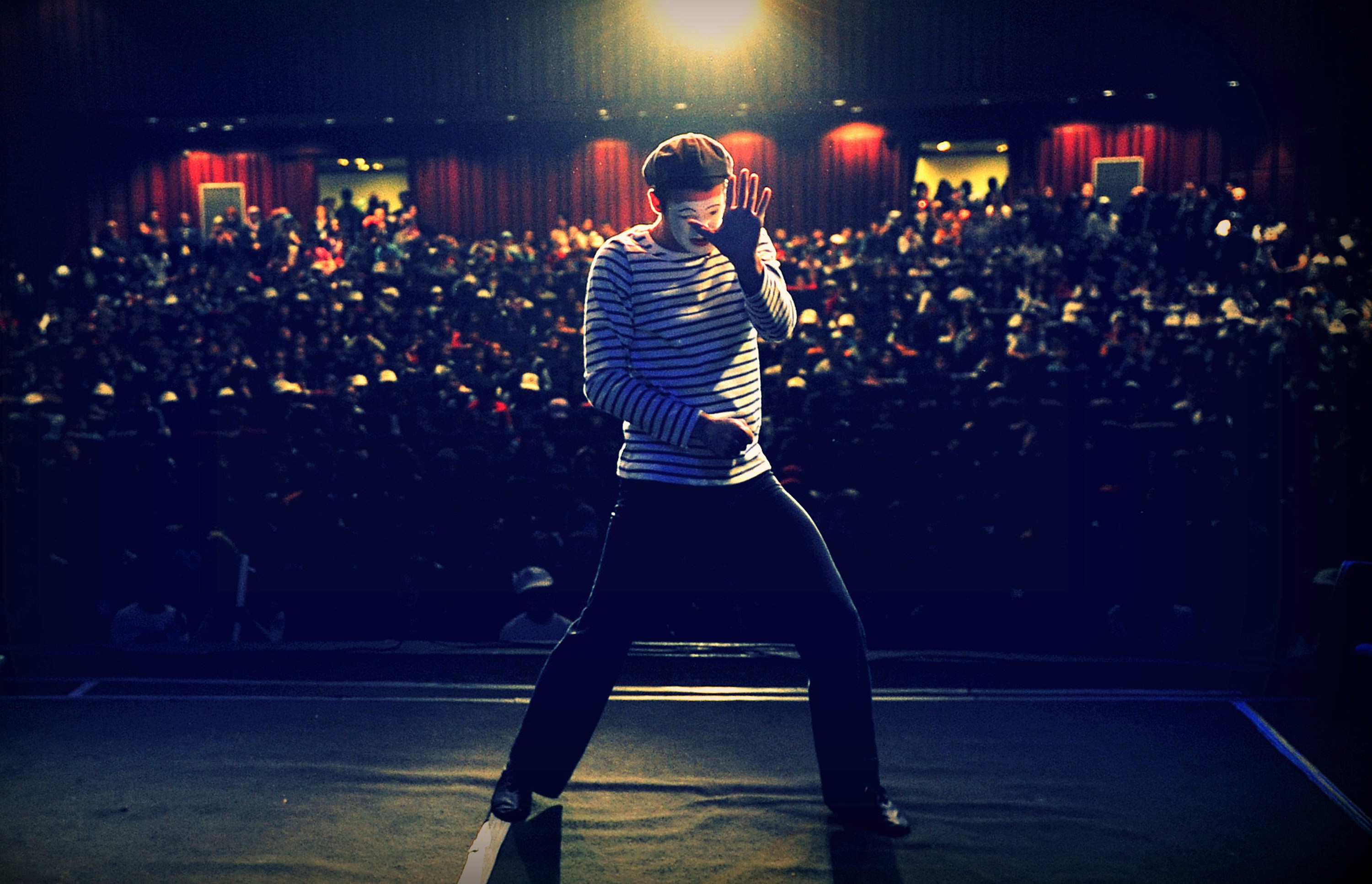Unmasking the Charm of Mime Artistry: The Silent Revolution in Entertainment
Mime, the art of silence, has a long history and a profound impact on the world of arts and entertainment. It's a unique form of expression that has been underappreciated for years, but recently, it's been making waves in the industry. This article explores the fascinating world of mime, its historical roots, recent developments, and its lasting impact on the entertainment scene.

An Ode to Silence: The History of Mime
Mime dates back to ancient Greece, where it was an integral part of theatre. It was used as a form of storytelling, often to convey tragedy or comedy. The Romans later adopted this art form, with performers known as ‘Pantomimus’ offering silent renditions of popular Greek myths and dramas.
The art of mime fell into obscurity during the Middle Ages but saw a resurgence in the 19th century. French performer Jean-Gaspard Deburau modernized mime, introducing a character called ‘Pierrot’, a sad clown who communicated his emotions through silent gestures.
A Silent Revolution: Mime in the Modern Era
The modern era has seen a renewed interest in mime, with performers like Marcel Marceau bringing it back into the mainstream. Marceau’s character ‘Bip’, a white-faced clown, became iconic. His performances were a combination of comedy and tragedy, reminiscent of Deburau’s ‘Pierrot’.
In the 21st century, mime is undergoing a transformation. It’s no longer confined to street performances and is finding a home on screens and stages worldwide. Mime artists like Bill Bowers and Gregg Goldston are pushing boundaries, integrating mime with other art forms like ballet and modern dance.
Mime in the Spotlight: Current Trends
Mime is seeing a revival, with artists and audiences alike appreciating its unique charm. Mime performances are now regular features at international festivals, and mime workshops are becoming popular among enthusiasts and performers.
One of the most significant developments is the growing use of mime in film and television. Silent characters are now a mainstay in popular culture, with characters like Mr. Bean and the animated figure ‘Gromit’ from ‘Wallace and Gromit’ becoming household names.
The Impact of Mime: Beyond Entertainment
Mime’s impact goes beyond entertainment. It’s a powerful tool for communication and is used in therapy, education, and even in business training. Its ability to convey complex emotions without words makes it an effective medium for expressing the human condition.
Mime also has a profound cultural significance. It transcends language barriers, making it a truly universal form of expression. In a world increasingly divided by language and culture, mime has the potential to bring people together.
The Future of Mime: A Silent Renaissance
As mime continues to evolve and adapt to modern sensibilities, its future looks promising. It’s a versatile and flexible art form that can seamlessly blend with other creative expressions. With its unique ability to captivate audiences without uttering a word, mime is set to redefine the entertainment landscape in the coming years.
In conclusion, mime is a fascinating form of art, rich in history and brimming with potential. Its recent resurgence is a testament to its timeless appeal and its ability to adapt to changing times. As we delve deeper into this silent world, we realize that sometimes, silence speaks louder than words.




